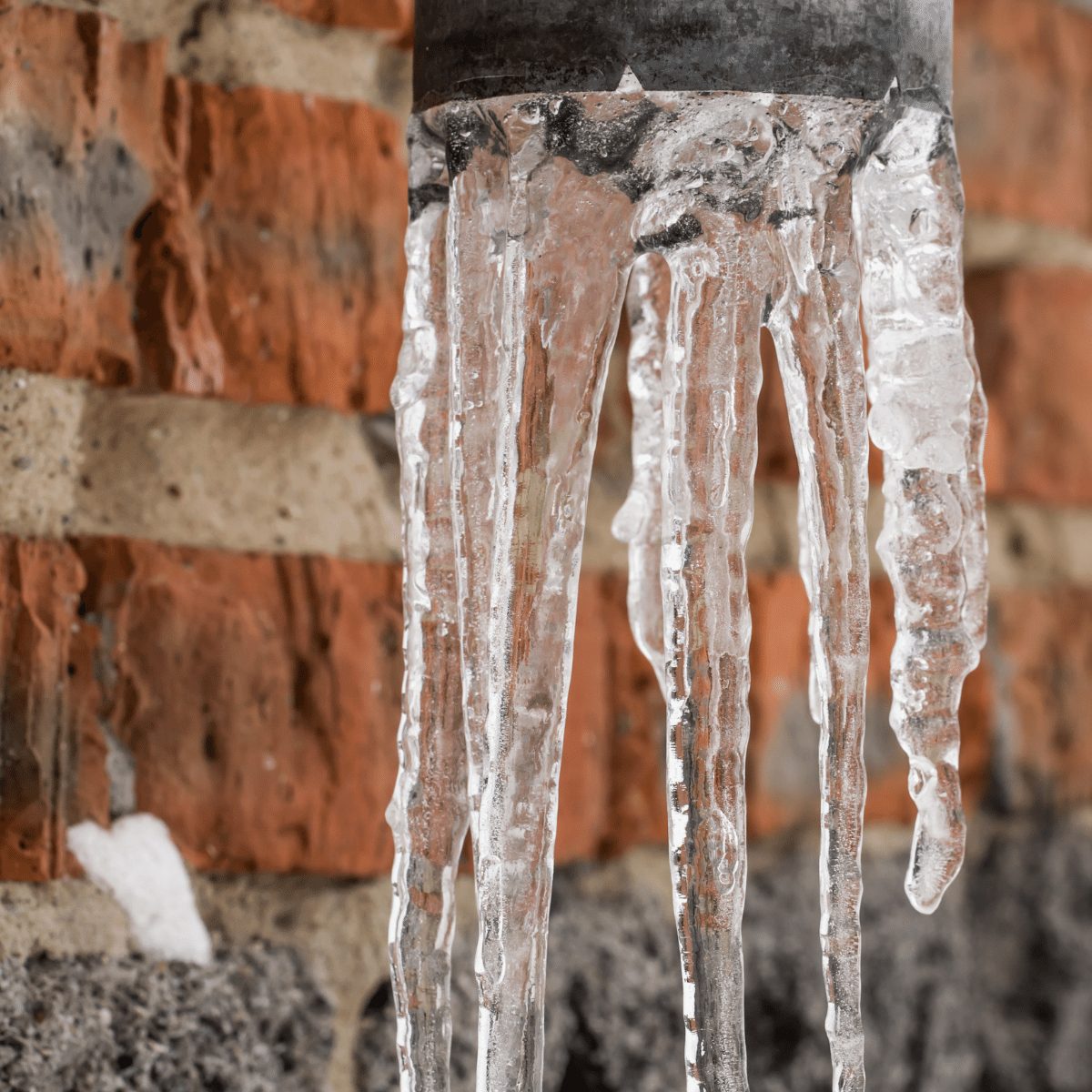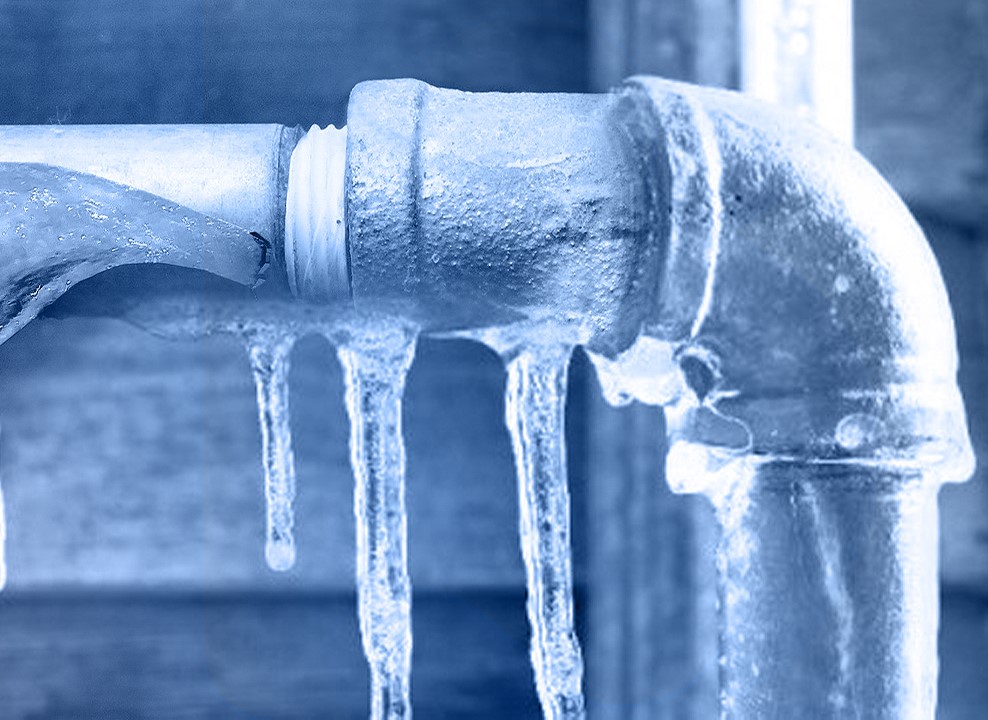Tips to Avoid Frozen Plumbing in Winter: Pro Tips
Tips to Avoid Frozen Plumbing in Winter: Pro Tips
Blog Article
Have you been searching for critical information about Helpful Tips to Prevent Frozen Pipes this Winter?

Cold weather can damage your plumbing, especially by freezing pipes. Here's exactly how to prevent it from happening and what to do if it does.
Intro
As temperature levels decrease, the danger of icy pipes boosts, possibly bring about expensive repair work and water damages. Comprehending just how to avoid frozen pipes is critical for property owners in chilly climates.
Understanding Icy Pipelines
What causes pipelines to ice up?
Pipes ice up when subjected to temperatures below 32 ° F (0 ° C) for expanded periods. As water inside the pipelines freezes, it increases, taxing the pipe wall surfaces and possibly triggering them to break.
Threats and damages
Icy pipelines can bring about water supply disturbances, building damage, and pricey repair services. Ruptured pipelines can flood homes and cause considerable architectural damage.
Indications of Frozen Water Lines
Recognizing frozen pipes early can prevent them from bursting.
Just how to identify icy pipes
Seek reduced water circulation from taps, unusual odors or noises from pipes, and noticeable frost on exposed pipelines.
Prevention Tips
Protecting vulnerable pipelines
Wrap pipes in insulation sleeves or make use of warmth tape to shield them from freezing temperature levels. Concentrate on pipes in unheated or outside areas of the home.
Heating techniques
Maintain interior areas properly heated, especially areas with pipes. Open cabinet doors to permit cozy air to flow around pipelines under sinks.
Shielding Outside Plumbing
Yard pipes and outdoor taps
Disconnect and drain pipes garden tubes before winter months. Set up frost-proof faucets or cover outdoor taps with shielded caps.
What to Do If Your Pipes Freeze
Immediate actions to take
If you presume icy pipes, maintain taps open to eliminate stress as the ice thaws. Make use of a hairdryer or towels taken in hot water to thaw pipes gradually.
Long-Term Solutions
Architectural modifications
Think about rerouting pipes far from outside wall surfaces or unheated locations. Add added insulation to attic rooms, basements, and crawl spaces.
Updating insulation
Invest in high-grade insulation for pipes, attics, and wall surfaces. Appropriate insulation assists keep consistent temperatures and minimizes the danger of icy pipes.
Verdict
Protecting against icy pipelines needs positive measures and fast responses. By recognizing the reasons, signs, and safety nets, property owners can protect their plumbing throughout cold weather.
5 Ways to Prevent Frozen Pipes
Drain Outdoor Faucets and Disconnect Hoses
First, close the shut-off valve that controls the flow of water in the pipe to your outdoor faucet. Then, head outside to disconnect and drain your hose and open the outdoor faucet to allow the water to completely drain out of the line. Turn off the faucet when done. Finally, head back to the shut-off valve and drain the remaining water inside the pipe into a bucket or container. Additionally, if you have a home irrigation system, you should consider hiring an expert to clear the system of water each year.
Insulate Pipes
One of the best and most cost-effective methods for preventing frozen water pipes is to wrap your pipes with insulation. This is especially important for areas in your home that aren’t exposed to heat, such as an attic. We suggest using foam sleeves, which can typically be found at your local hardware store.
Keep Heat Running at 65
Your pipes are located inside your walls, and the temperature there is much colder than the rest of the house. To prevent your pipes from freezing, The Insurance Information Institute suggests that you keep your home heated to at least 65 degrees, even when traveling. You may want to invest in smart devices that can keep an eye on the temperature in your home while you’re away.
Leave Water Dripping
Moving water — even a small trickle — can prevent ice from forming inside your pipes. When freezing temps are imminent, start a drip of water from all faucets that serve exposed pipes. Leaving a few faucets running will also help relieve pressure inside the pipes and help prevent a rupture if the water inside freezes.
Open Cupboard Doors
Warm your kitchen and bathroom pipes by opening cupboards and vanities. You should also leave your interior doors ajar to help warm air circulate evenly throughout your home.

We hope you liked our excerpt on Helpful Tips to Prevent Frozen Pipes this Winter. Thanks a lot for taking a few minutes to read our short article. Do you know another individual who is in to the topic? Feel free to share it. I recognize the value of reading our article about How to Prevent Your Pipes From Freezing.
Schedule Your Service Report this page